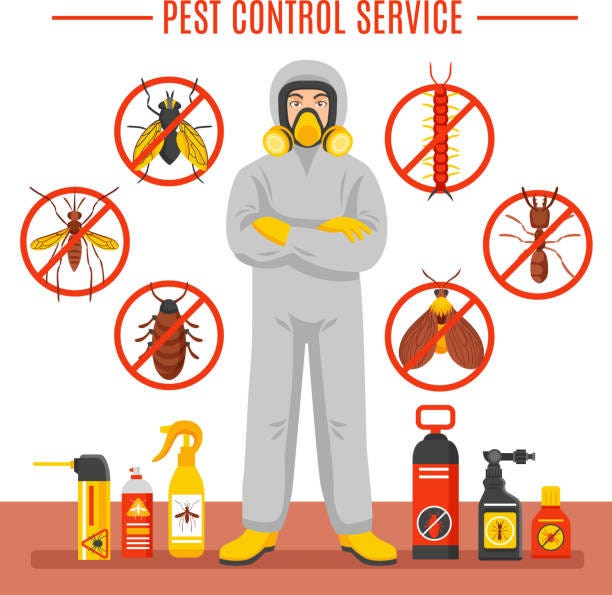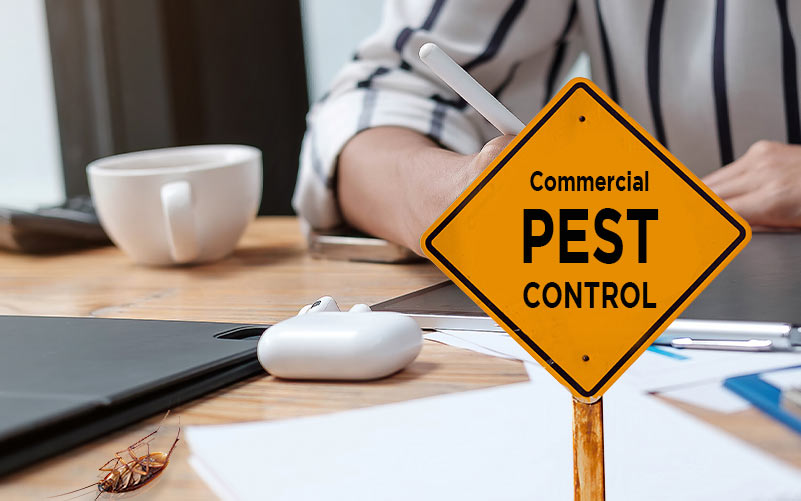Bed Pest Therapy Break Down: Contrasting Chemical Vs. Non-Chemical Solutions
In the world of bug control, especially when managing the relentless concern of bed insects, the selection in between chemical and non-chemical treatment solutions can be a crucial one. Both approaches offer distinctive benefits and downsides, influencing factors such as efficiency, safety and security factors to consider, and total expense. By examining the nuanced details of each approach, a clearer understanding of which path to pursue in attending to a bed insect infestation can be attained.
Effectiveness of Chemical Therapies
Chemical therapies for bed bug problems have actually been commonly identified for their fast and potent effectiveness in eliminating these parasites. When considering the performance of chemical therapies, it is crucial to understand that they can give a extensive and quick service to a bed bug problem.
Moreover, chemical therapies have the advantage of providing residual impacts, suggesting that they can continue to eliminate bed insects also after the preliminary application. This recurring activity is especially valuable in combating any possible re-infestations. Furthermore, the quick activity of chemical therapies can bring alleviation to people facing extreme bed pest problems, permitting them to restore control of their home swiftly.
Security Interest In Chemical Solutions
One critical aspect that needs careful consideration when making use of chemical services for bed pest therapy is making certain the safety of owners and the environment. Exposure to particular chemicals used in bed insect treatments can lead to respiratory problems, skin inflammation, or other unfavorable responses, particularly in individuals with pre-existing problems or sensitivities.
Furthermore, the ecological influence of chemical solutions is an additional considerable factor to consider. Some pesticides utilized in bed pest treatments might be dangerous to advantageous bugs, wild animals, and ecosystems if they seep into the dirt or water systems. It is crucial to make use of chemical treatments deliberately, adhering to security standards, and taking into consideration less toxic options to mitigate these risks and ensure the risk-free and efficient administration of bed insect problems.
Advantages of Non-Chemical Strategies
Taking into consideration the possible safety concerns and ecological influence connected with chemical options for bed bug therapy, discovering non-chemical strategies provides an encouraging choice with numerous unique advantages. Non-chemical techniques offer a safer alternative for families, especially those with kids, pets, or individuals sensitive to extreme chemicals. These techniques eliminate the dangers of exposure to toxic materials, minimizing the potential for damaging health and wellness impacts. In addition, non-chemical treatments are eco-friendly, as they do not add to air or water contamination, making them a sustainable option for bug control.
Furthermore, non-chemical options can be reliable in targeting bed bugs, consisting of hard-to-reach locations where chemical therapies may not permeate - A1 charlotte pest control companies. Methods such as warmth treatment, vacuuming, steam cleansing, and mattress encasements provide extensive removal without the usage of damaging chemicals.
Limitations of Non-Chemical Treatments

In addition, non-chemical therapies often call for numerous applications to accomplish effective removal. This can be time-consuming and might not always ensure total removal of all bed insects and their eggs, particularly in covert or hard-to-reach locations.
Additionally, the success of non-chemical therapies heavily relies upon correct implementation and thoroughness, which can be testing for people without specialist proficiency. Poor application of non-chemical methods might result in incomplete removal, leading to relentless infestations and the need important link for additional treatments.
Therefore, while non-chemical therapies have their advantages, it is vital to acknowledge these restrictions and consider them when determining the most reliable technique for managing bed insect infestations.
Cost Comparison: Chemical Vs. Non-Chemical Options
Offered the constraints associated with non-chemical therapies, an essential aspect to examine in the context of bed bug administration is the cost contrast between chemical and non-chemical alternatives. Chemical therapies generally include the application of pesticides by professionals, which can vary from $250 to $900 per area, depending on the severity of the problem and the dimension of the location to be treated. In comparison, non-chemical therapies like warm treatment or vapor can be a lot more expensive, with costs varying from $1,000 to $6,000 for a whole home. While the initial price of chemical therapies may seem lower, numerous treatments might be needed to fully get rid of the infestation, possibly enhancing the general price. On the various other hand, non-chemical options see this page may provide an extra green and lasting remedy, although they can be cost-prohibitive for some individuals. Eventually, when thinking about the price of bed pest treatment alternatives, it is essential to evaluate the in advance expenses against the performance and long-term sustainability of the picked approach.
Conclusion

Thinking about the prospective safety and security concerns and environmental effect connected with chemical solutions for bed insect treatment, exploring non-chemical approaches offers a promising option with a number of distinct benefits.Provided the constraints linked with non-chemical therapies, an essential element to assess in the context of bed pest he has a good point management is the expense contrast between chemical and non-chemical choices. In contrast, non-chemical treatments like heat therapy or steam can be extra pricey, with expenses ranging from $1,000 to $6,000 for a whole home. While the initial cost of chemical treatments may seem lower, numerous therapies might be needed to completely get rid of the problem, potentially increasing the general expense.In conclusion, when contrasting chemical and non-chemical bed bug treatment choices, it is necessary to take into consideration effectiveness, safety, benefits, constraints, and price.